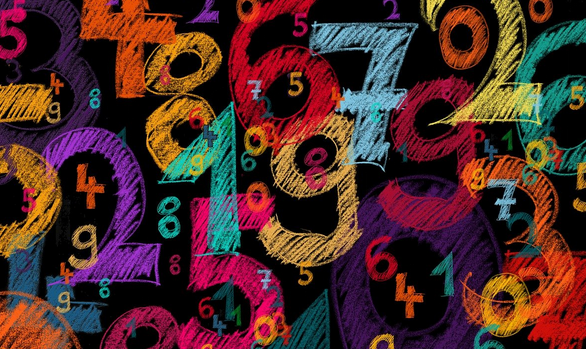8 strategies for inspiring engagement among elementary math students
How do you engage students in math? An instructional coach shares her best practices for making teaching and learning collaborative and fun.
I’m an instructional coach at an elementary school with a wonderfully (and increasingly) diverse student population. Finding ways to bring math alive for all our students is challenging and rewarding. I’ve seen first-hand how creating an inclusive, exciting environment transforms students’ attitudes toward math and improves academic outcomes. For example, 87% of our first-graders and 88% of our third-graders met their end-of-year growth targets last year. Our multi-faceted approach to math engagement is based on eight strategies that any school can implement.
1. Appoint a math champion — and let them share their excitement!
Our current champion is a third-grade classroom teacher who loves math so much that she is always researching the latest and greatest ways to teach. To share her knowledge and excitement, she meets weekly with her colleagues to discuss teaching strategies and game ideas to engage students. In response to teachers’ requests, she and I have created professional development focused on the logistics of using ST Math, the visual, game-based program we use, and encouraging teachers to use math discourse to make their classrooms more collaborative.
2. Create buzz through friendly competition.
Contests are a surefire way to get students engaged in math. Last year, we had individual contests for our students and grade-level competitions timed to coincide with March Madness. All the winners got their names posted on a bulletin board at the front of the school, and they could also win prizes like pencils or bracelets. These rewards got kids excited enough that some of them worked on math over the summer and were eager for more contests this year.
3. Build excitement with fun surprises.
Another event that built engagement was a visit from our math program’s mascot: a penguin. At the beginning of this year, one of our paraprofessionals dressed up in a penguin costume and walked around to all the classrooms. Our third-graders had a blast celebrating with the mascot after they learned to multiply fractions!
4. Embrace productive struggle to foster a growth mindset.
Every day in every math classroom, we increase students’ engagement by focusing on productive struggle. Teachers have their students answer the question, “What do I do when I don’t know something?” Teachers tend to be rescuers, but our approach is to help our students develop a growth mindset by offering them not answers but questions and resources that empower them to find answers on their own.
5. Align supplemental tools with core curriculum.
I’ve had teachers come to me and say, “I’m teaching place values. How do I help my students learn this with our tools?” I’m currently working with teachers on how to integrate our supplemental tools with the core curriculum topics. This allows students to develop deep conceptual understanding because every activity they do is relevant to the core topic they’re learning.
6. Promote student-led classrooms.
Engagement levels soar when students know that their classroom is a safe community where they are free to think critically and share their thoughts. In our third-grade class, there’s a time every day when students get up and share a solution to a problem or puzzle that they have solved. They then get feedback from other students in the class. In my visits to this classroom, I’ve seen kids listening to peers, changing their minds and wanting to talk about math. The critical thinking and collaboration skills they’re developing will serve them well throughout their academic and professional lives.
7. Celebrate success publicly.
We build excitement outside the classroom with our bulletin board, which is positioned at the very front of the school. Each student has a penguin that they can move through a colorful island map whenever they progress in math, so every student and parent can see and celebrate their success.
8. Use data to guide instruction.
While we love highlighting students’ math progress, we need to know where they’re getting stuck to help them get back on track. Teachers can use a variety of reports to gather this data, and I send a weekly newsletter offering guidance on how to access these reports and act on the data they find there. The first-grade team looks at the usage reports for their class at least bi-weekly to see how the class is doing overall, and they generate detailed student reports to share with parents at conferences.
As an instructional coach, I support teachers and students behind the scenes. Knowing where students and teachers are, I can see who needs more support and ensure everyone feels empowered and excited about math.
Source: https://www.smartbrief.com/original/8-strategies-for-inspiring-engagement-among-elementary-math-students?utm_term=AEE6C64D-A551-4448-AC86-73E9EA97DDFE&lrh=286d9352d62fd57e4fed3250c88b0f8daf660a6cf28a1a542f1b6f7d4db58c17&utm_campaign=3E572E12-3FBC-11D5-AD13-000244141872&utm_content=A52494A2-0663-4249-B2B1-543DC0B99F65&utm_source=brief




